In this article, Meldrick reviews the LETSHUOER DT03, a DAC with dual ES9219C adapters and a balanced output power of up to 195mW. It is priced at $99.
Disclaimer: This sample was sent to me for my honest opinion. Headfonics is an independent website with no affiliate links or status. I appreciate LETSHÖER for your support.
Click here to read more about LETSHÖER products previously tested at Headfonics.
Please note that this article follows our latest developments. Scoring Guidelines which you can read here.
Within the Chi-fi space, LETSHUOER has been gaining popularity due to its competitive IEMs across all price ranges from the S15 and Cadenza4 To the flagship Candenza 12.
At the same time, they have begun to venture back into the dongle DAC market after their previous DT02 dongle. Their latest portable DAC, the DT03, is priced at $99 and is the company’s flagship dongle DAC.
To see how LETSHUOER’s latest release performs and compares it to other dongles on the market, continue reading my review below.
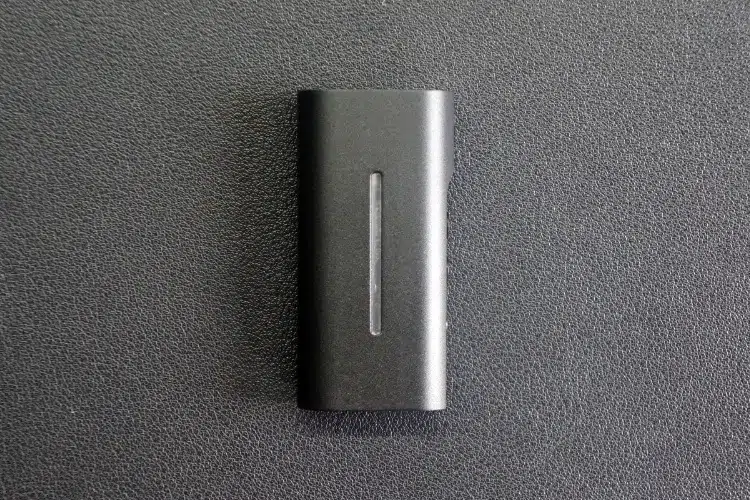

Characteristics
The LETSHUOER DT03 is one of the few portable DACs with dual ES9219C chips, allowing the DT03 to support PCM up to 32BIT/384kHz and native DSD256.
Unlike most portable adapters within its price range, the DT03 integrates nice usability features such as a dedicated high and low gain switch, including OS-level volume control buttons.
The dedicated High and Low gain switch increases the versatility of the unit, allowing it to pair well with sensitive IEMs and even some full-sized headphones.
While OS-level volume control ensures convenient volume control that can be easily accessed without opening the source device and without the need to monitor separate volume levels for both the source and the dongle.
The DT03 offers both SE and balanced outputs. The SE output can deliver a solid 78 mW into 32 Ω. It doubles this power via its BAL 4.4 output, which reaches 195 mW into 32 Ω.
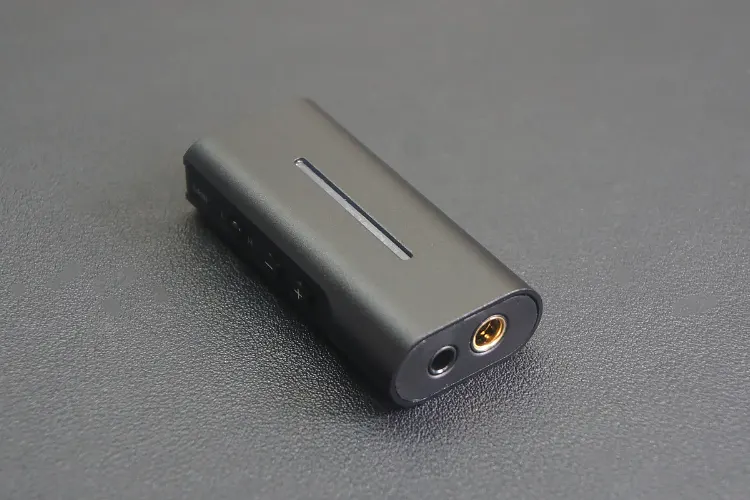

Design
The LETSHUOER DT03 DAC dongle is made of CNC milled aluminum with an anodized black finish, giving it a sleek and compact look. It is comfortable to hold and use on a daily basis thanks to the perfect curve and chamfering of the edges.
In my testing, the anodized finish was resistant to fingerprints and microscratches, maintaining the DT03's understated appearance throughout my review period.
The cutouts on the side of the unit for the switches and buttons have no sharp edges, ensuring unobtrusive operation. The buttons themselves have a satisfying microswitch click, providing a tactile feel without being noisy. The gain switch is especially pleasant to press.
At the top of the unit, the output connectors are well-designed with excellent tolerances, making it easy to connect cables, unlike other lower-quality adapters. At the bottom, you’ll find the unit’s only input: a female USB-C for connecting the included cables or any compatible cables in your collection.
The back of the device is blank save for a small LETSHUOER logo, with the specifications listed below. The DT03 is equipped with a sample rate indicator light on the front: green for PCM up to 96 kHz, blue for up to 192 kHz, and red for up to 352.8 kHz.
This indicator light has been designed to illuminate softly, so it is not unpleasant to the eye in dark rooms, but remains easily visible when needed.


IS
The DT03 features a single input: a female USB-C connector that pairs with either of the two included USB-C cables (12.5cm and 80cm) or any compatible cable you prefer.
The detachable USB-C cable allows you to easily connect to multiple sources such as iPhones and desktop computers by simply swapping the cable.
As for the output, the DT03 features a 3.5mm SE output and a 4.4mm balanced output. The SE output ensures out-of-the-box compatibility with more affordable IEMs that pair well with adapters in this price range.
Meanwhile, the 4.4mm output ensures that the device remains useful when listeners experiment with balanced cables and more expensive IEMs or headphones that require more power.
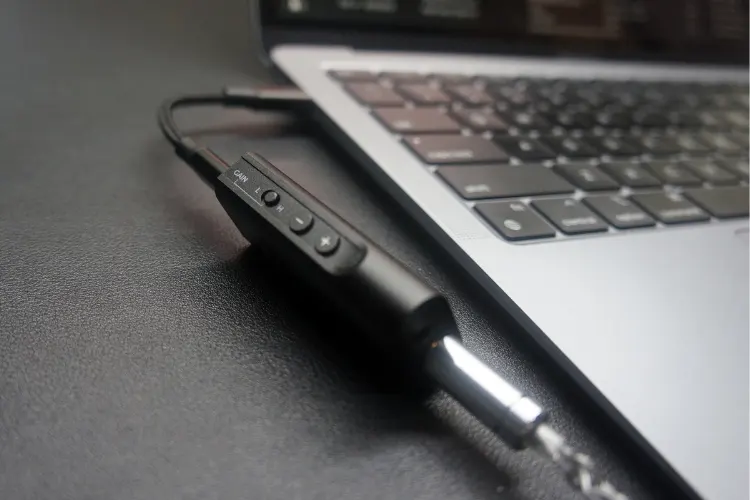

Control S
The DT03 features physical volume up and down buttons that work at the operating system level. On all sources I tested, including Windows laptops, MacBooks, iPhones, and Android phones with USB-C, the device can control system volume without the need to install a driver.
Volume control is via small, flat microswitches that protrude slightly from the recess on the right side of the unit. The switches have a nice tactile response but remain silent.
The DT03 also includes a high-low gain switch with a satisfying click. I didn't notice any clicks or pauses when changing gain settings while playing audio.
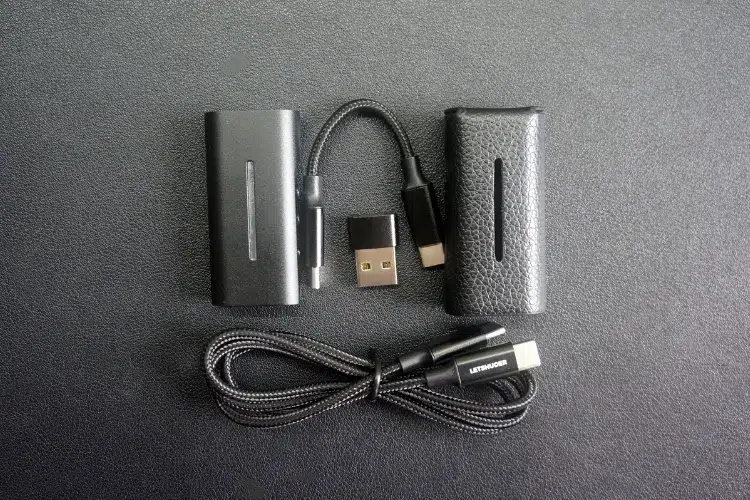

Packaging and accessories
The DT03 comes in a simple black box that includes:
- A 12.5cm and an 80cm Type-C to Type-C signal transmission cable.
- Type C to standard USB adapter.
- Black faux leather protective case.
- Simple instruction manual.
The inclusion of a longer 80cm cable and USB Type-C to Type-A adapter is a nice touch, making it compatible with desktop PC setups right out of the box.
Sound impressions
All testing and comparisons were done across 3 pairs of IEMS, namely: Blessing of the Moon Drop 3he Canon II of Yanyinand the Tanjim Karaas well as the HIFIMAN Ananda Full-size planar magnetic headphones.
Summary
The DT03 presents an interesting sound profile, with its thin midrange presentation, as well as good reproduction of percussion instruments, V-shaped sounds.
It excels at articulating snare hits, cymbal crashes, and bass drum hits in a textured and musical manner, however its compressed presentation of string instruments and vocals in the midrange leaves more to be desired.
This signature is well suited to jazz soundtracks or more percussion-focused films, where compressed-sounding strings and vocals aren't much of an issue.
With its thin-sounding midrange and compressed presentation of string instruments, stage and dynamic performance is mediocre at best.
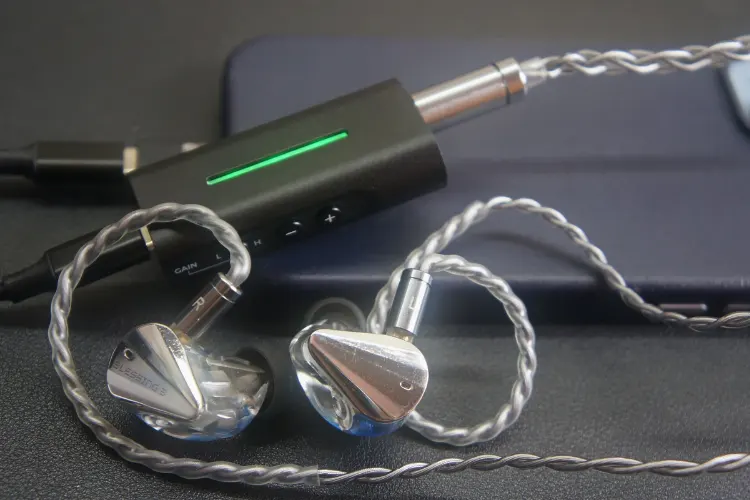

Doorbell
A common theme in the DT03's sonic signature is its emphasized presentation of percussion instruments, allowing it to deliver a deep, textured and powerful bass response.
On simpler recordings featuring classic drum kits, the bass drum hits have an atmospheric quality that never overpowers any other instrument in the mix, but still maintains a natural musicality.
Electric bass notes that approach the low-mid region have a thinner presentation, giving rhythmic bass lines a tight-sounding bass line that doesn't offer the thick, encompassing sound feel that other warmer or more neutral sources offer.
This ensures that the DT03's bass never leaks into the midrange, but it also means a thinner midrange and a less spacious and open sound compared to other dongles.
This thinness makes the mids sound thinner, but improves articulation in the upper mids and lower highs, especially highlighting snare hits and hi-hats.
Emphasis is placed on percussion instruments in stripped-down arrangements such as acoustic pop and funk. This lean mid-range emphasis reduces the prominence of instruments such as electric guitars, higher-pitched basslines, electric keyboards, and synthesizers.
Aside from percussion instruments, the DT03 reproduces mid-range instruments with no note weight. I found that most mid-range vocals and instruments struggled to express the same sense of emotion and musicality that is often present in other adapters and sources.
His articulation in the treble regions is notable, with percussion instruments and cymbals, especially snare hits, rendered with enough microdetail to highlight nuanced tempo changes.
Cymbals and drums often stand out in the mix, especially in simpler arrangements. Unlike other adapters that can emphasize vocals, the DT03 always brings percussion performances to the forefront.
Staging and dynamics
The DT03 has decent soundstage quality at best – I was never surprised by the arrangement of instruments around me, but they never evoked a feeling of too much intimacy either.
It can reproduce sounds sufficiently as if they were far away from the listener, however, its thin midrange presentation makes string instruments and vocals sound compressed, as if all the string instruments were being played next to each other with very little space between them.
Imaging performance varies, from acceptable on less complex tracks to mediocre on tracks with heavy traffic. In simpler compositions with fewer elements, individual instruments are fairly well separated.
However, because the notes don't have much weight and there isn't much detail in the midrange, the precise placement of those instruments isn't well represented.
On more busy tracks, imaging performance drops off very noticeably. In complex arrangements of hip-hop and electronica, sounds of similar frequencies tend to unify with each other. The result is a wall of sound rather than an individualistic instrumental placement.
Its bass and treble dynamics are quite good, being able to easily reproduce decadent tones on bass drums and cymbals without losing texture or resolution.
However, the lack of note weight in the midrange seriously holds it back. The compressed presentation of the midranges prevents it from achieving significant musical impact, especially on mid-range instruments.
Click on page 2 below to see my recommended combinations and selected comparisons.
Sharing is caring!







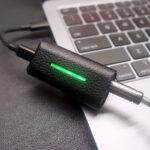






Leave feedback about this